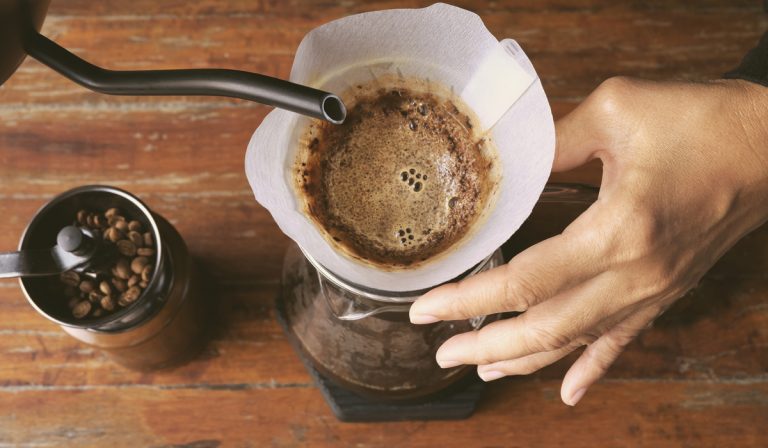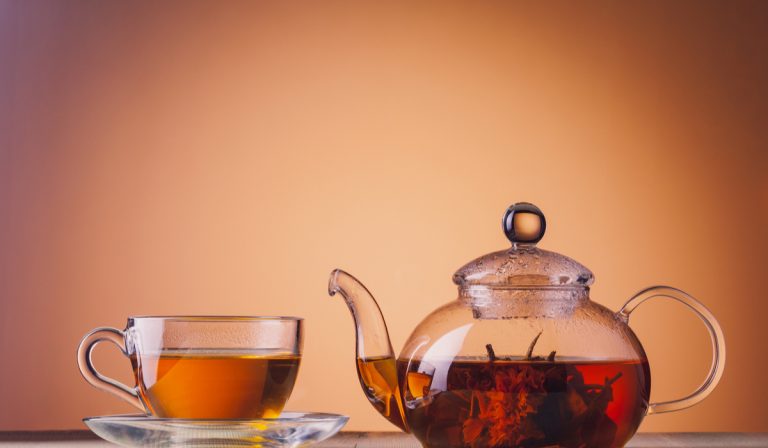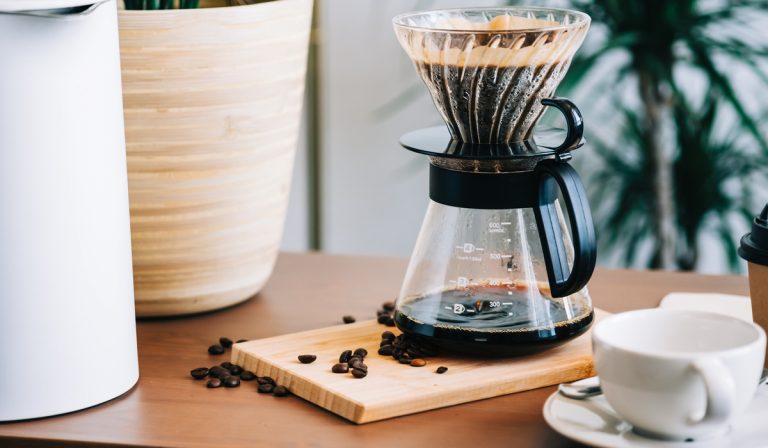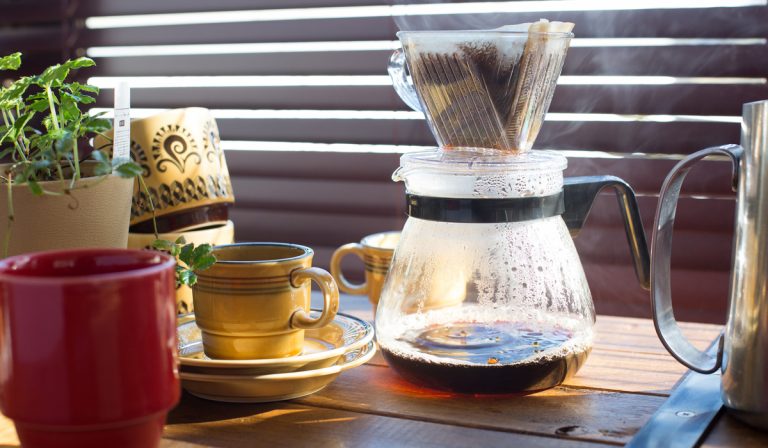Can You Brew Tea in a Plastic Container? (If Yes, How To?)
Sometimes our circumstances make us resort to less than optimal circumstances to do what we need or desire to do. Maybe you’re a college student, the budget is low, and all you have to work with is a plastic container to make tea.
Maybe you’re on the road in an RV, and all you have with you is a plastic container and a microwave. Maybe you’re just wondering if you can make it in a plastic container to save you the effort of going out and buying something new.
Can you brew tea in a plastic container? Such as a plastic pitcher, cup, or Tupperware?
And here’s the answer: yes. You can, technically, brew tea in a plastic container. However, due to the heat of the water in making tea, it is not wise– but we’ll get to that in a second.
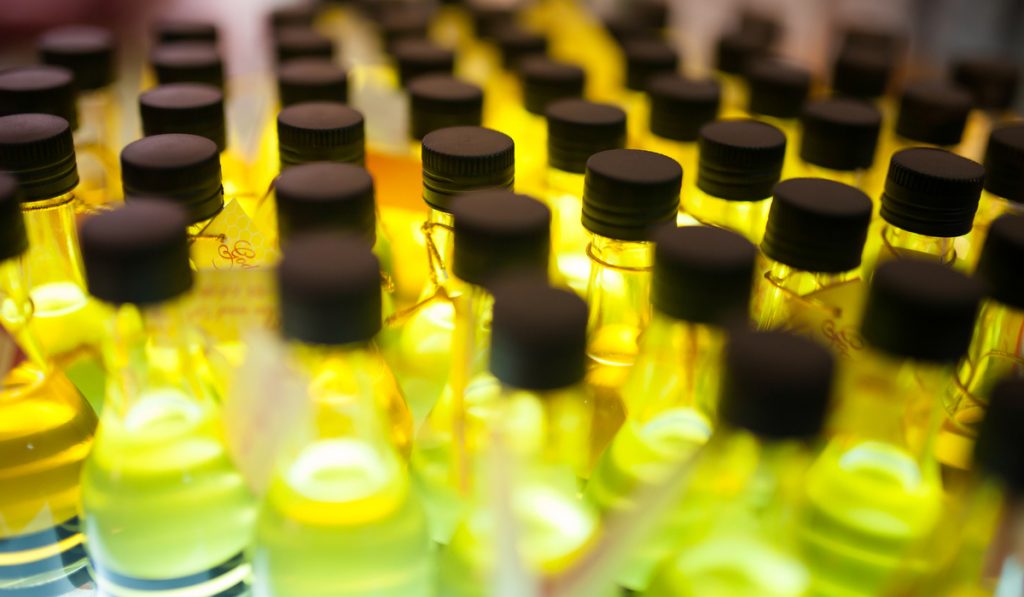
Table of Contents
Why Is Brewing in Plastic Dangerous?
Using a plastic container to brew tea is dangerous because plastic has a low melting point. You won’t be able to put your container over the stove and heat the water in it, or else it will melt. So boiling the water has to be done in a metal container, preferably a tea kettle or a pot.
Even if you boil the water in a metal pot, transferring the steaming liquid into a plastic container might melt the plastic anyway.
At the very least, contact with such hot temperatures will release chemicals used to shape the plastic, making your tea taste plastic-y, but also putting harmful chemicals like phthalates and BPA in your afternoon tea.
Even heating the water in the plastic container in the microwave will pose the danger of releasing chemicals. You know how products say “microwave friendly?” Well, microwave-friendly objects are really only glass or ceramic, not metal or plastic.
Metal will catch the microwave on fire, so don’t do that, but plastic will melt if left in too long and release chemicals if left in for basically any amount of time; the longer, the more hurtful. So overall, plastic is doable but not the safest option.
What Are BPAs and Phthalates?
BPAs are chemicals found in many household products, from cosmetics to food packaging to can liners. They are used to give plastic flexibility and to make it lightweight, strong, and durable. Many products use being BPA-free as a selling point today, such as baby toys, and we’ll get to why.
BPAs are everywhere regardless of whether a product claims to be BPA-free, and even small amounts that would be found in these BPA-free products can have harmful effects on people, mainly children because they affect the human body’s natural hormone production. They affect female estrogen as well as male testosterone hormones, and adrenal and thyroid hormones too.
With males, BPAs can change their genitals in a way that reduces their sperm production. In females, BPAs can alter hormone production which leads to early periods.
Phthalates disrupt the physical appearance of genitals, often making the distance between the anus and genitals shorter, which reduces sperm count (referred to as ADG). In women, they can change hormones and result in early menopause, PMS, and acne.

How Do You Avoid BPA and Phthalates?
It’s hard to avoid BPAs and phthalates completely because they’re in almost everything. A vast majority of products are made of plastic, so any of those can be a danger. You’ll want to look closer at your cosmetics, food packaging, and containers, along with all the other plastic things you own and try to get ones that are BPA-free. Even those will carry trace amounts, but less is always better.
The best way to avoid BPAs and phthalates is to use stainless steel, ceramic, and glass dishes and containers. Don’t leave plastic in hot or even warm areas, and make sure they are not sitting directly in the sun, especially if you apply them to your skin or consume them. As it sits in a hot place or the sun, the chemicals are being released and harming both you and your loved ones who use it.
The most major issue for the children of this generation is how toxic their environment is, and it is our job to help start the change and keep your home a safe, toxin-free environment.
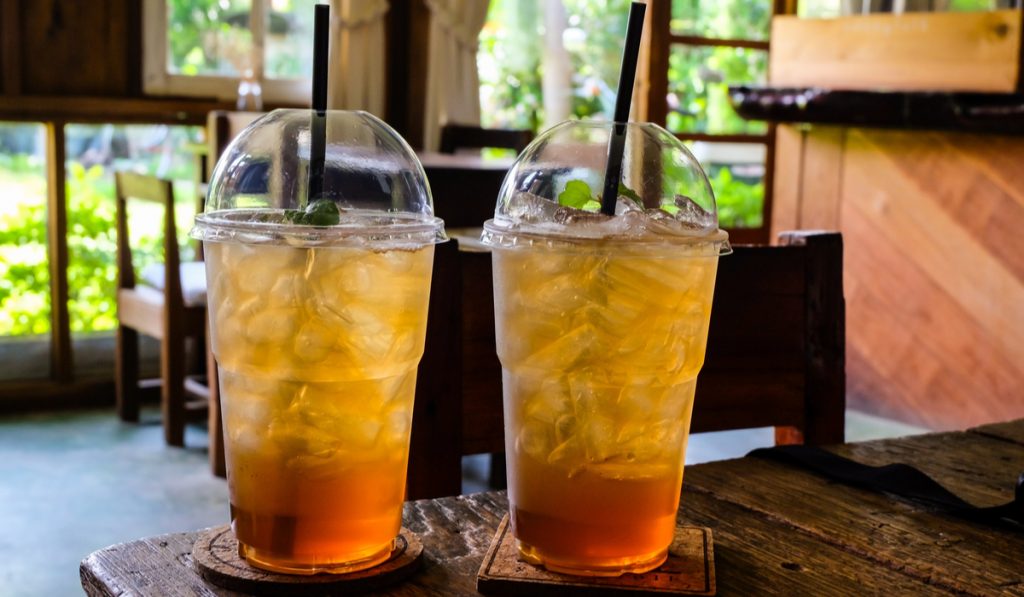
Variation to Avoid or Decrease the Risk of Using a Plastic Container
If you simply must have tea and simply must use a plastic container, this is the best way to use it without melting the container or releasing harmful chemicals.
First, heat the water in a metal container on the stove until boiling, or if using a kettle, until it steams. Then, turn off the stove and set the kettle aside to cool.
Wait until the water is warm but not hot, and transfer it to your plastic container. Insert the tea bag into the water, and wait for as long as desired; the longer, the more flavorful and strong the tea. And drink!
This method means warm or lukewarm tea, but it’s the only safe option for avoiding the BPAs and phthalates, so really, it’s worth it in the long run.
You may be wondering if your tea will even have flavor if the water isn’t hot– yes. Ever heard of iced tea?
Teabags release flavor. That’s it. No matter the temperature of the water, though, the process’s name changes.
Steeping is when it is in hot water, infusion in cold water, but it’s all the same in the end: tea leaves getting wet equals flavor being released.
That is to say, in the end. The main reason people use hot water for tea is that the hotter the water, the faster the flavor steeps into the water. The same effect is produced in warm or cold water; it just takes longer.
Sun Tea–What Is It and How Does it Work? Can I Brew Sun Tea in a Plastic Container?
Sun tea is an iced tea. Its main goal is to make a large quantity of tea at once, without having to use the stove (so, cold tea, but the word “iced” generally gives that idea).
To make sun tea, fill a large container with water, and for each gallon put eight teabags in (remember the general rule being one tea bag per cup of water).
You don’t need a specific type of tea to make sun tea. The term “sun tea” is more a method than a flavor. You can use whatever tea you’d like.
Traditionally, iced tea made in the South is made from a blend of black teas, but the best sun teas are usually found by using whatever tea flavors you have around the house and combining them into one vibrant flavor.
Once you’ve finished the above step, cover the top of the container and place it out in the sun to infuse.
The infusion process will depend on multiple factors, including the temperature outdoors, the type of tea you’re making your sun tea with, how many gallons of tea you’re brewing, and how dark you want it to be (the darker, the stronger the flavor).
Generally, it takes about two or three hours, but if it’s really hot outside, it will take more like one hour. So, not for a spur-of-the-moment desire for tea, but more for a party or prep for tea cravings throughout the week.
Finally, you can sweeten your sun tea with agave or honey. As a syrup, it will mix in much smoother and avoid settling at the bottom as sugar granules do. Add slices of lemon or lime to the top of the container if you desire as well!
So, the age-old question: can you use a plastic container to brew sun tea?
It’s certainly a better alternative to pouring boiling water into one or putting it in the microwave, but still not ideal. You see, with the sun’s rays cutting through the container and warming the tea in that way, it will still be releasing harmful BPA and phthalate chemicals into your drink.
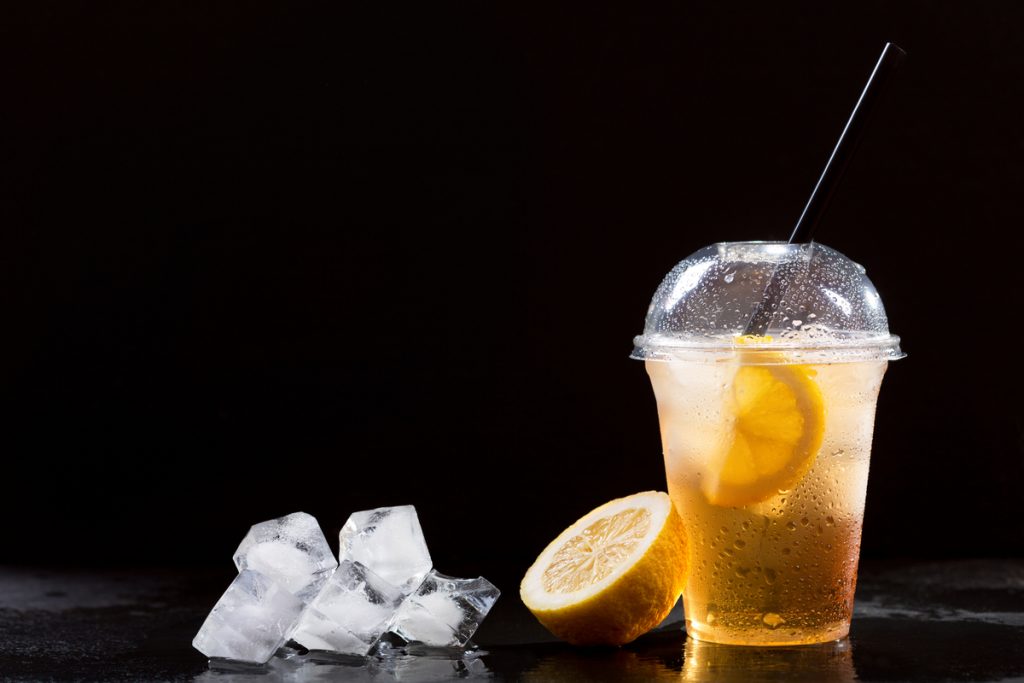
Bottom Line
Although it is possible to brew tea in a plastic container, it cannot be said to be wise. Plastics contain harmful, toxic chemicals such as BPAs and phthalates that can cause major hormone issues when consumed. These chemicals are released when the plastic is heated, or exposed to heat.
Pouring hot water into a plastic container, or heating water in the microwave in a plastic container will have the same effect. To avoid exposing yourself to these toxins, try using metal or glass containers instead for preparing your afternoon tea, and consider all plastic objects in your home with care, keeping them out of direct sunlight and heated spaces. Stay safe, keep calm, and drink tea!


